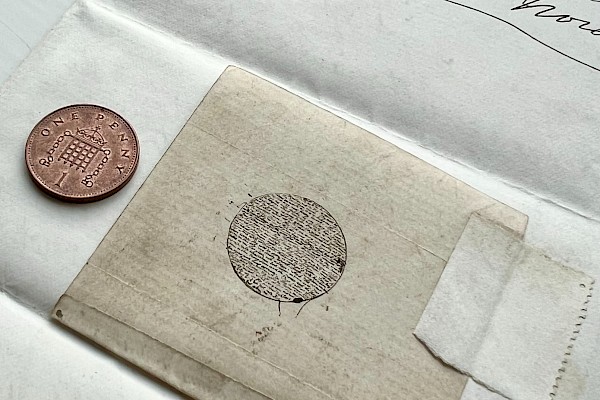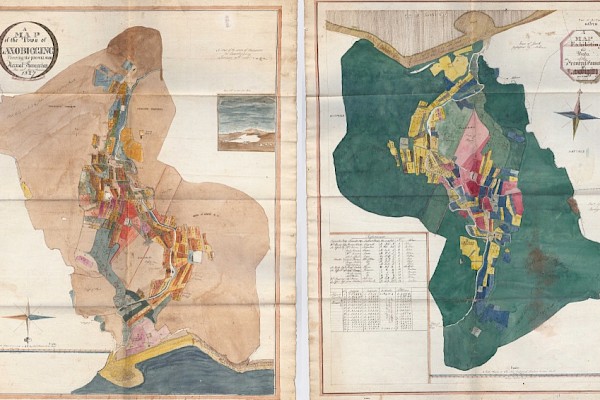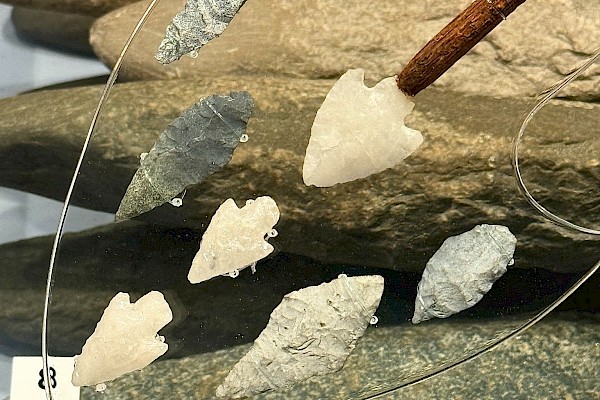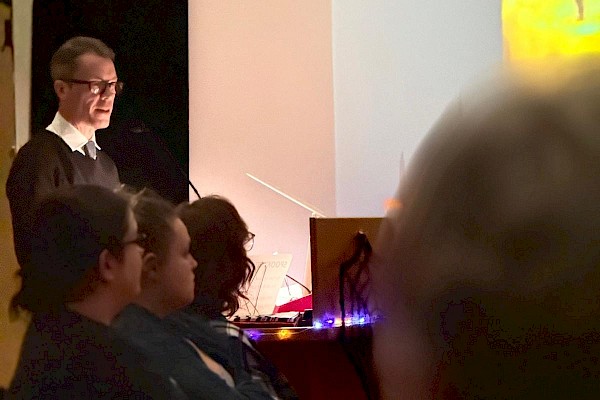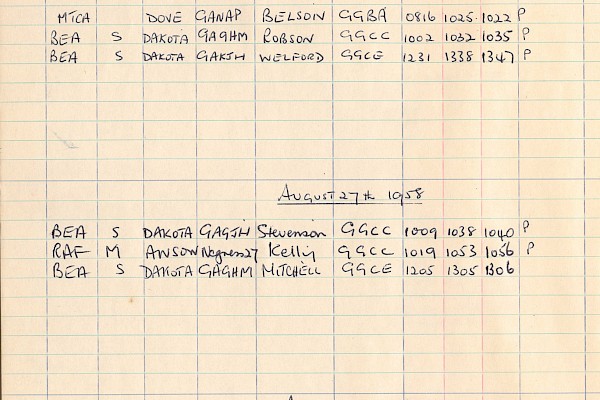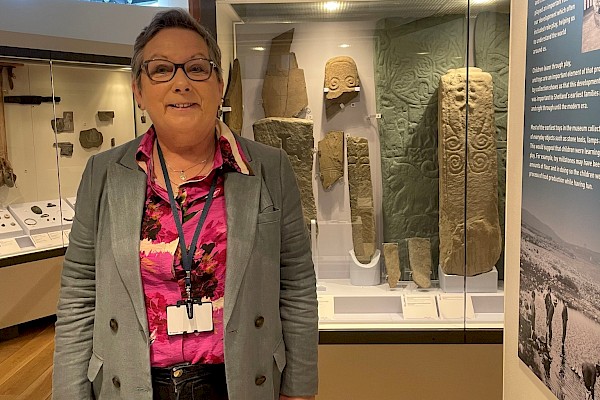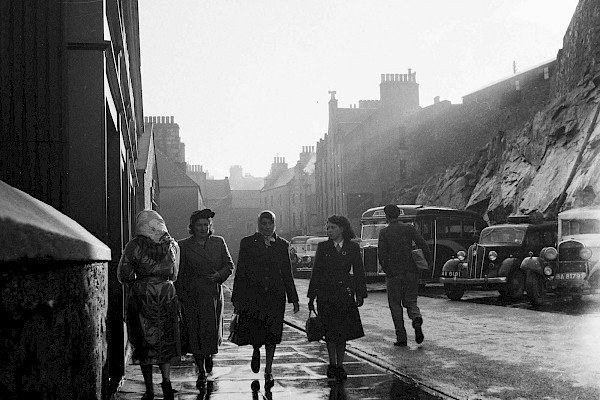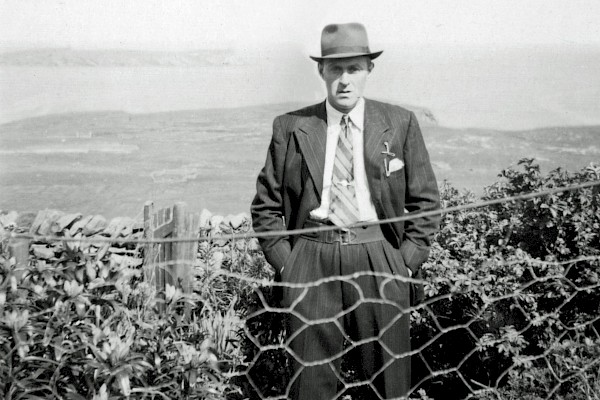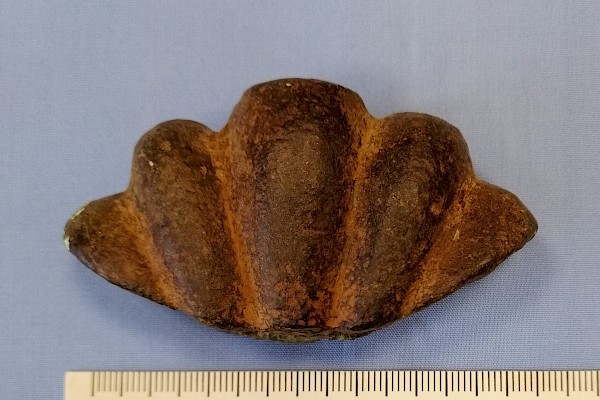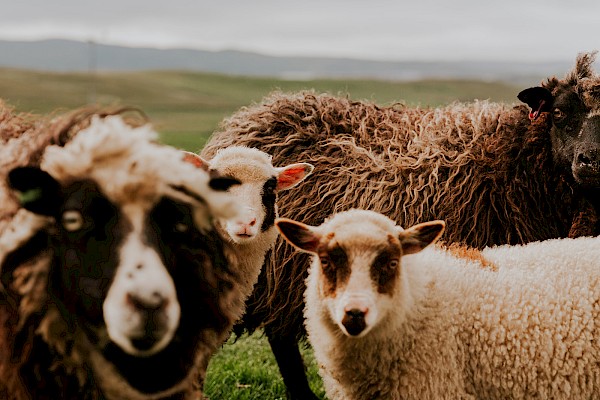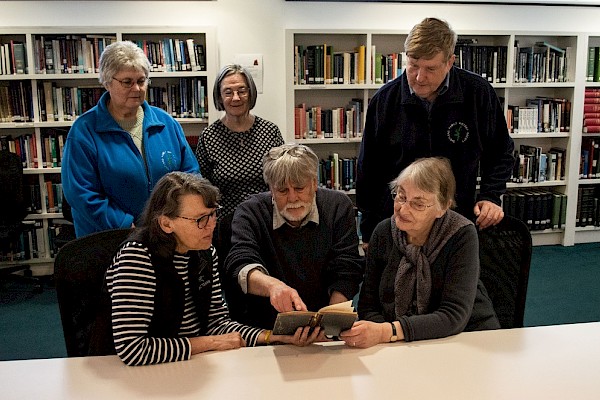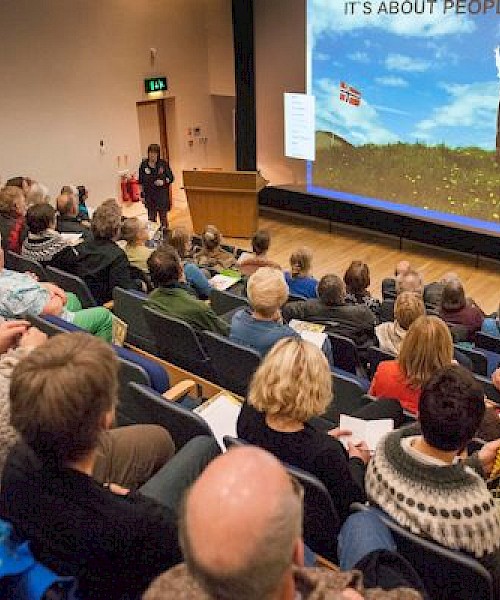Da Croon o Da Ura
One of Shetland’s more remarkable archaeological sites is Da Croon o Da Ura, in Unst, just about the most northerly part of the islands. The best way to get there is to go to the top of Saxavord, and then head down the other side towards the zig-zag promontory called Da Noup. Da Croon o Da Ura sits on a high plateau there. It’s a dangerous place, but well-worth a visit.
Da Croon o Da Ura appears on the first edition of the 6-inch Ordnance Survey map as a ‘brough’. If we use the word in the way that Shetlanders have always used it, that is exactly what it is: a fort. Not even the most agriculturally-minded archaeologist would say that it is a farmhouse, teetering as it does on the edge of a cliff. It is miles from any arable land. The unpleasant anthropologist James Hunt, visiting it in 1865, called it ‘a very formidable defensive stronghold’.
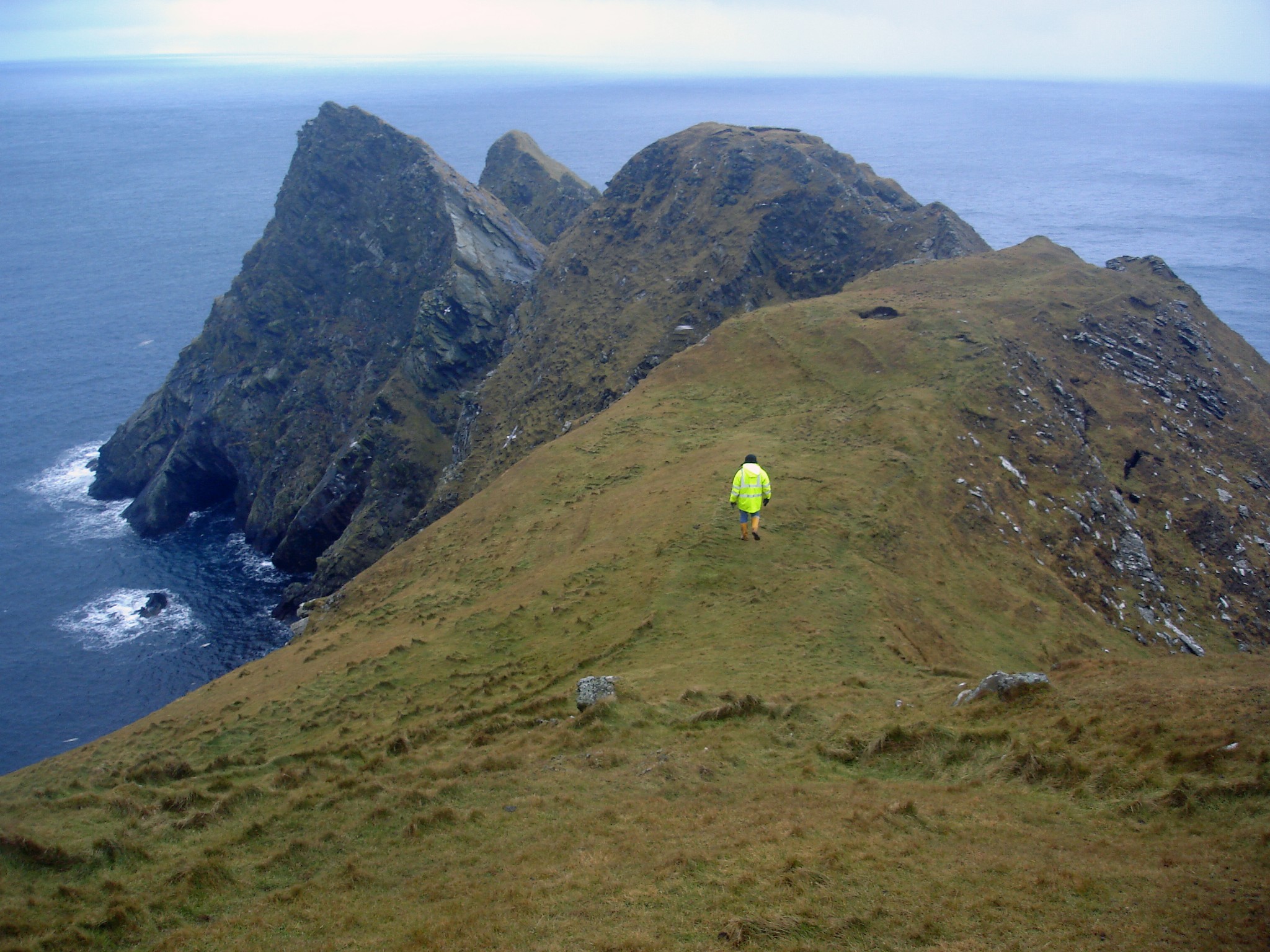
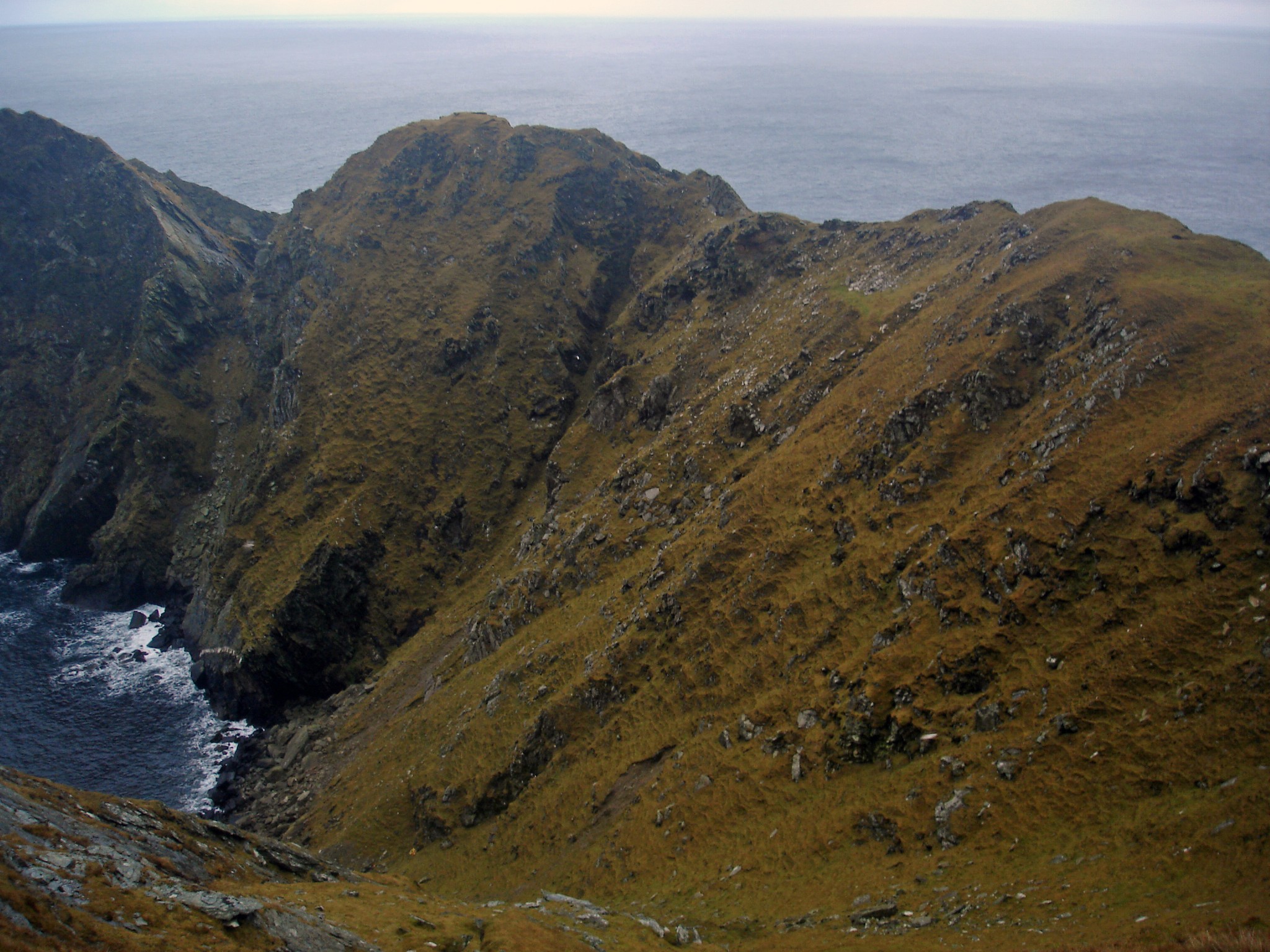
James Hay, a Methodist missionary from Haroldswick, dug into Da Croon o da Ura in the mid-19th century, something he did to structures all over Unst. He didn’t do them any good. Writing in 1897 Jakob Jakobsen says that Hay found an ‘underground room’ on the site, ‘built of very big stones’, and surrounded by concentric dykes. There are only traces of those features to be seen today. Field-workers from the Royal Commission, puzzling over the place in August 1930, called it an ‘indeterminate structure’.
As we all know, Shetland is crammed with brochs. But the builders of them were clever: they only built a ‘full-scale’ broch in places where the topography allowed it. They conserved their energy.
Most archaeologists regard brochs in Shetland as farmhouses owned by rich landlords. Writing in 2001, Steve Dockrill called these alleged potentates ‘broch-lairds’. I have argued for a long time that brochs were fortresses, built by a society that was ‘defence-nuts’. There are far too many of them to be farmhouses, especially since many of them are nowhere near farming land.On the other hand, they felt the need to build little fortresses, lookout posts, even in inaccessible places. There are a several examples in Shetland, especially in the North isles: Flubersgardie, also in Unst; Burgi Geos in north-west Yell; Da Stoal, in the south-east of that island. These structures are variable in shape, more so than the full-scale brochs. A remarkable example is the elaborate fort (as the Historical Monuments [Scotland] Commission correctly called it) at Ness of Burgi in Dunrossness.
They are structures built by a society which wanted to protect every inch of the Shetland coastline, and scrutinise every vestige of sea. Broch-builders were planners. They established fortresses, big and small, in the most unlikely places. Thanks to their efforts, Iron Age Shetland was impregnable. What enemy could have endangered the shore of northeast Unst? But the broch-builders planted a fort at Da Croon o Da Ura!
 We hope you have enjoyed this blog. We rely on the generous support of our funders and supporters to continue our work on behalf of Shetland. Everything we do is about caring for Shetland's outstanding natural and cultural heritage on behalf of the community and for future generations. Donations are welcomed and are essential to our work.
We hope you have enjoyed this blog. We rely on the generous support of our funders and supporters to continue our work on behalf of Shetland. Everything we do is about caring for Shetland's outstanding natural and cultural heritage on behalf of the community and for future generations. Donations are welcomed and are essential to our work.
